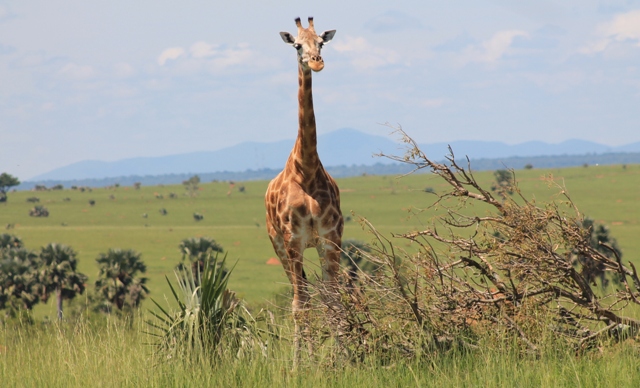
The tallest land mammal, the Giraffe, is one of the most fascinating creatures to see in the bush. This longest-naked animal with its beautiful skin patterns of brown is amazing to look at as it saunters gracefully across the plains, towering over all animals, and even plants. Such an iconic animal! It is little wonder the Giraffe is a favorite animal for a lot of people.
Uganda is a proud home to Giraffes that can be seen in some national parks and wildlife reserves and at the Uganda Wildlife Education Center (UWEC).
How many giraffes are in Uganda?
According to the last census carried out in 2020 the population of giraffes in Uganda was 2072 giraffes which was an increase of giraffes from 880 counted in 2017. These figures are by the Uganda Wildlife Authority, the government organization that manages the parks and reserves in Uganda.
What species of giraffes are found in Uganda?
Of the four known species of giraffes in Africa, Uganda has the Northern Giraffe species. The Northern Giraffe has three subspecies and of these the one subspecies found in Uganda is the Nubian Giraffes formerly (or sometimes) called the Rothschild Giraffes.
The Nubian or Rothschild is easily identified or distinguished from other giraffes by the plain white legs from knee to the hooves. The simple description is that Rothschild Giraffes “put on stockings”.
Places to see giraffes on safari in Uganda
If you are planning a safari vacation to Uganda and the Giraffe is among the animals your must see list the following are places to visit
Murchison Falls National Park
Murchison Falls National Park is simply giraffe territory! Uganda’s biggest park has the biggest population of giraffes in Uganda that were numbering 1968 by 2019. This is also the biggest population of the Nubian or Rothschild Giraffe in the world.
The giraffe population in Murchison Falls National Park has been steadily growing, having been 919 in 2016.
The growing giraffe population in Murchison Falls National Park has enable giraffes to be translocated to other park and reserves that did not have giraffes.
During the safari in Murchison Falls National Park plenty of giraffes are spotted in the savanna on the northern bank of the Nile River.
Lake Mburo National Park
Lake Mburo National Park is a recipient of giraffes translocated from Murchison Falls National Park.
16 giraffes were translocated to the park in April 2019, and according to the census in 2021 the giraffes had increased to 37 individuals.
Lake Mburo National Park being a small park makes finding the giraffes easy and thus a nice place to see giraffes in Uganda.
Kidepo Valley National Park
Kidepo Valley National Park had a few giraffes which were boosted with a 15 new individuals translocated from Murchison Falls National Park. The number is growing steadily and the park should have more than 30 individuals, improving the chances of spotting the giraffes in Uganda’s remotest safari destination.
Pian Upe Wildlife Reserve
15 Giraffes were introduced into the Pian Upe Wildlife Reserve in 2018 and the numbers have been growing. On your search for cheetahs for which the reserve is known for you can therefore expect sighting giraffes
Uganda Wildlife Education Center (Zoo)
If you wish to get closer to the giraffes and interact with them through the epic mouth-to-mouth feeding visit the Uganda Wildlife Education Center (Zoo) in Entebbe that is home to 3 giraffes.
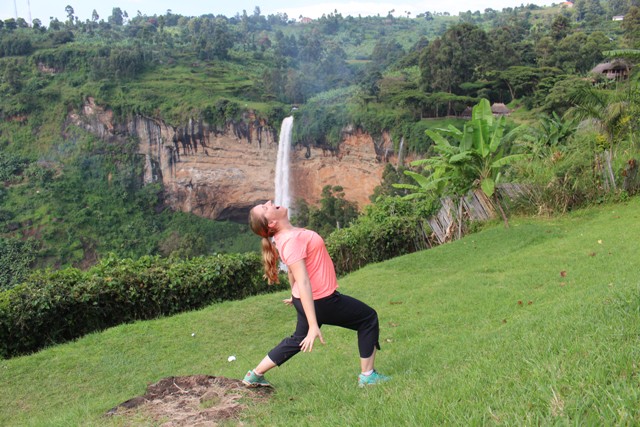
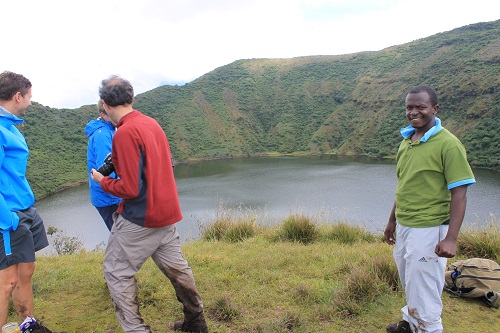
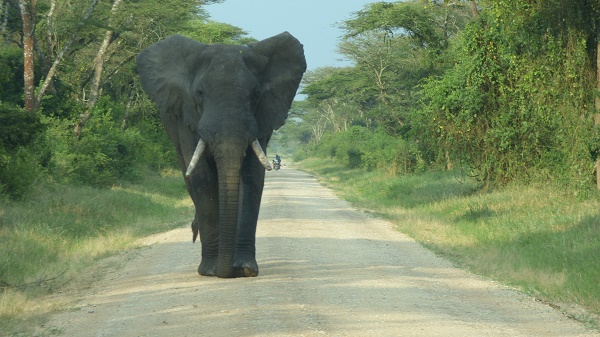
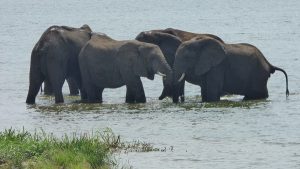
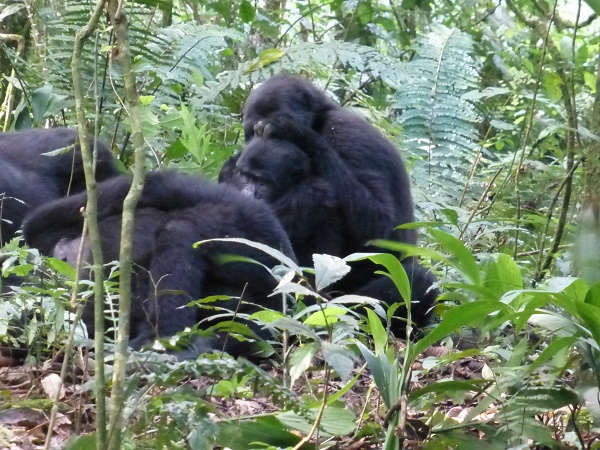 Mating and reproduction in
Mating and reproduction in